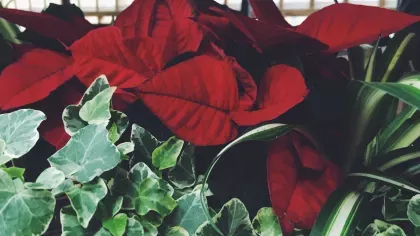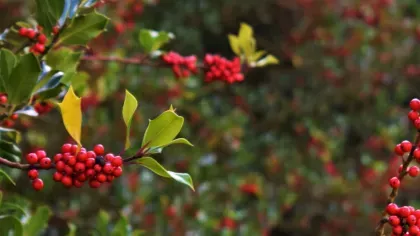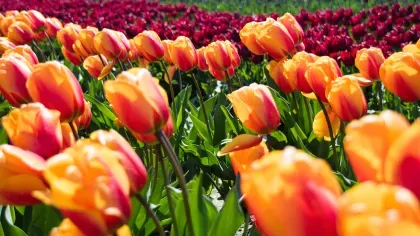11 December 2020
How plants help us celebrate
Get to know some of the popular plants used in celebrations around the world.

Plants have been used for thousands of years to celebrate special occasions.
From the Mexican marigold to the Japanese cherry, we take a look at five plants that play an important role in traditions around the world.
1. Mexican marigold (Tagetes erecta)
Mexican marigold flowers burst with the warm colour of sunshine.
These beautiful orange-yellow blooms play an important part in the Mexican holiday, Día de los Muertos (Day of the Dead), when family and friends gather to remember and pray for deceased loved ones.
Many people build altars (offrendas) in homes and cemeteries to honour the dead and Mexican marigold flowers, otherwise known as cempasúchil or flor de muerto (flower of the dead), are used to decorate them.
Their vibrant, strongly scented flowers are thought to guide souls back to their relatives.



2. Turmeric (Curcuma longa)
The turmeric plant is best known for the bright, orange-yellow spice and dye that comes from its underground stems (rhizomes).
To prepare the dye, dried or fresh turmeric rhizomes are ground to a paste with water.
The colour of the dye changes depending on the pH of the liquid it is mixed with; it will turn red if mixed with an alkaline solution or yellow if mixed with an acidic solution.
Turmeric is also called haridra and haldi. The dye from this plant is very popular during the Hindu festival, Holi, which people celebrate by covering themselves and others with brightly coloured powders and water.
This Hindu ‘Festival of Colours’ is a celebration of good triumphing over evil and the arrival of spring.
You can spot turmeric thriving in our Palm House.
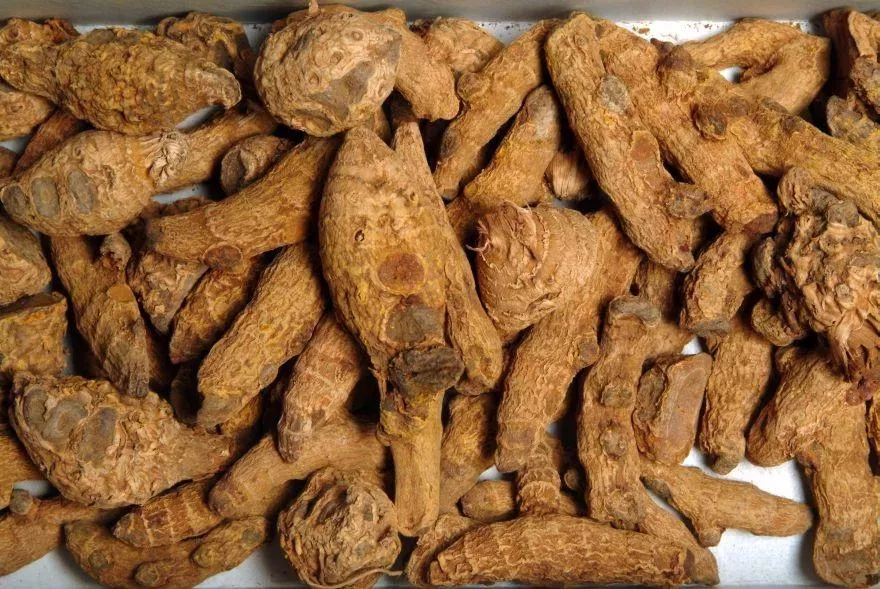
3. Japanese cherry (Prunus serrulata)
Come spring, flowering Japanese cherry trees put on a spectacular display of delicate blossoms. Their colours range from white, pink, to even green.
These beautiful blooms are considered the national flower of Japan.
Each tree only blossoms for a short time so diverse varieties with different flowering times are often planted together to prolong the blossoming period to two months.
Sakura is the Japanese word for flowering cherry trees and cherry blossom.
During the cherry blossom season in Japan, thousands of people gather to view these stunning flowers, a tradition called ‘hanami’ which literally means ‘flower viewing’.
Cherry blossom festivals, known as ‘sakura matsuri’ are held in many parts of the country.
The spectacular cherry blossoms herald the start of spring and symbolise life, good health, and happiness.
From March to May, wander along our Cherry Walk, running from the Rose Garden to the Mediterranean Garden, and delight in our cherry blossom display.



4. Common holly (Ilex)
Holly is a festive favourite that is used to decorate houses at Christmas time with its glossy, green leaves and bright red berries.
In Christianity, holly is considered symbolic of Jesus Christ; the leaves represent his crown of thorns and berries represent his blood.
Other evergreen plants, like spruce, fir and pine trees, are also closely associated with Christmas traditions as they symbolise everlasting life.
Head to our Holly Walk near the Temperate House to see one of Europe's most comprehensive holly collections.


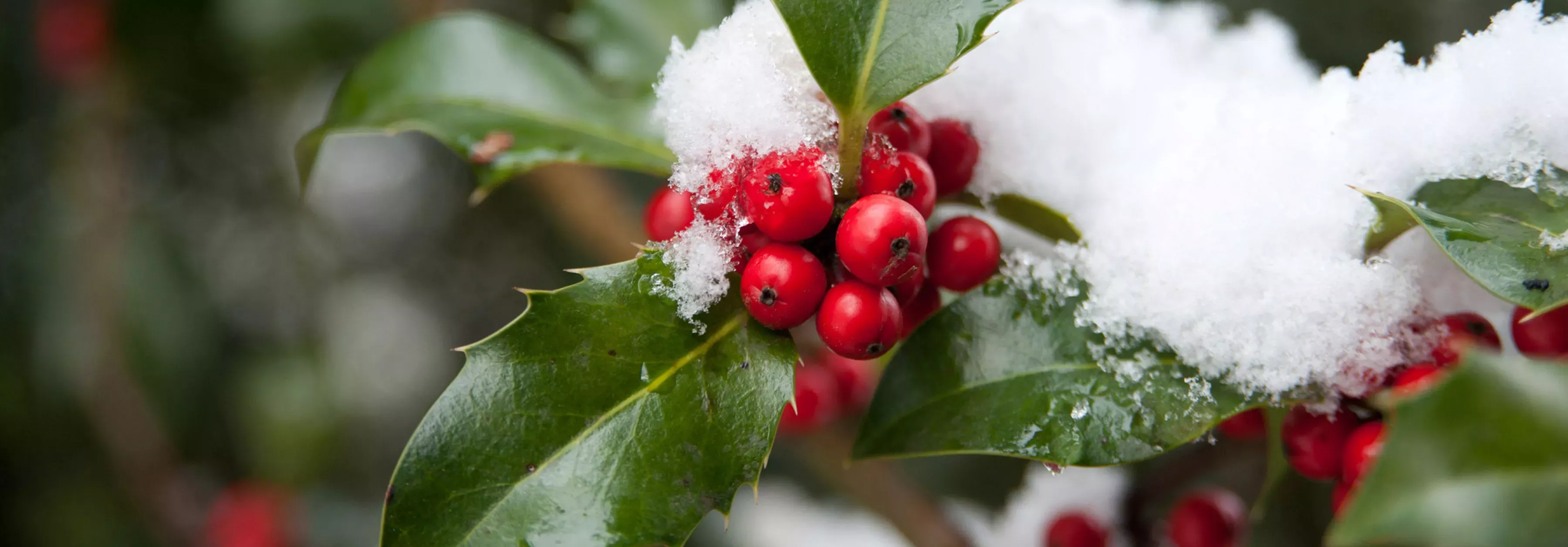
5. Shamrock (Trifolium repens or Trifolium dubium)
The shamrock, or seamróg, is the national emblem of Ireland.
According to Irish legend, the patron saint of Ireland, St Patrick, used the shamrock in his teaching of Christianity to explain the concept of the Holy Trinity; each leaf represents the Father, Son and Holy Spirit.
The shamrock is an important symbol that is widely used during annual celebrations of St Patrick’s Day.
Did you know? Irish heads of state have been gifting US presidents with a cluster of shamrocks on St Patrick’s Day since the tradition began in 1952.

As you can see, nature is bursting with beauty for any special occasion.
Visit our Gardens to discover some of these celebratory plants yourself.

